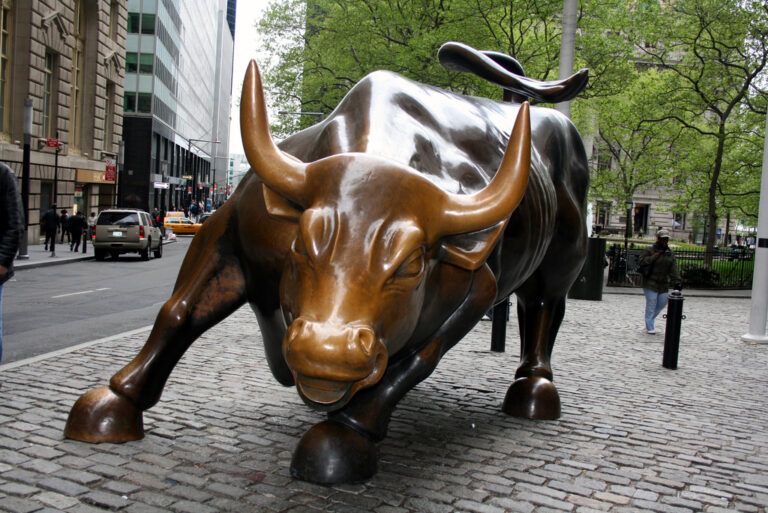Earlier this week, former Goldman Sachs executive Raoul Pal explained during an interview with crypto analyst Lark Davis why this year’s Bitcoin bull run is very different from the rally we witnessed in 2017.
Prior to founding macro economic and investment strategy research service Global Macro Investor (GMI) in 2005, Pal co-managed the GLG Global Macro Fund in London for global asset management firm GLG Partners (which is now called “Man GLG”). Before that, Pal worked at Goldman Sachs, where he co-managed the European hedge fund sales business in Equities and Equity Derivatives. Currently, he is the CEO of finance and business video channel Real Vision, which he co-founded in 2014.
In the April 2020 issue of the GMI newsletter, Pal explained why he believes that Bitcoin, which he calls “the future”, could one day have a $10 trillion valuation. In that issue, Pal said that the idea of a $10 trillion valuation for Bitcoin is not so crazy:
“After all, it isn’t just a currency or even a store of value. It is an entire trusted, verified, secure financial and accounting system of digital value that can never be created outside of the cryptographic algorithm…
“It is nothing short of the future of our entire medium of exchange system, and of money itself and the platform on which it operates.“
Here is what Pal told Davis about the current Bitcoin bull run that has taken the price to nearly $25,000:
“I think [it is] gigantically different. Firstly, look at the acceleration of this post-halving versus the previous one. It’s faster, which [is something] none of us expected… we were all expecting the slope to be less… so far not true… So that’s interesting to me.
“Also, the structure of the market before was retail investors. Now, here we’ve got institutions. Some of them will buy and hold, but as you bring in hedge funds, you’ll start bringing new supply to the market because they trade it more, and they’ll trade it in big size. So, they’ll be selling some, buying it back, selling some, you know, getting short… that’s a different structure than we used to. What that actually does is lower the volatility of Bitcoin over time so that the texture and feel of Bitcoin will be different over time.
“The next cycle, the returns will be significantly lower in terms of percentage returns. This one, I have a hunch that this will be bigger than anybody imagines… What I do know is when you’re forcing an elephant into the bathtub, things are going to change right, and that’s what we’re doing here. We’ve got no supply and we’ve got this kind of industrial vacuum cleaner of Bitcoin coming in, which is the institutional space, but it will structurally change it.“









